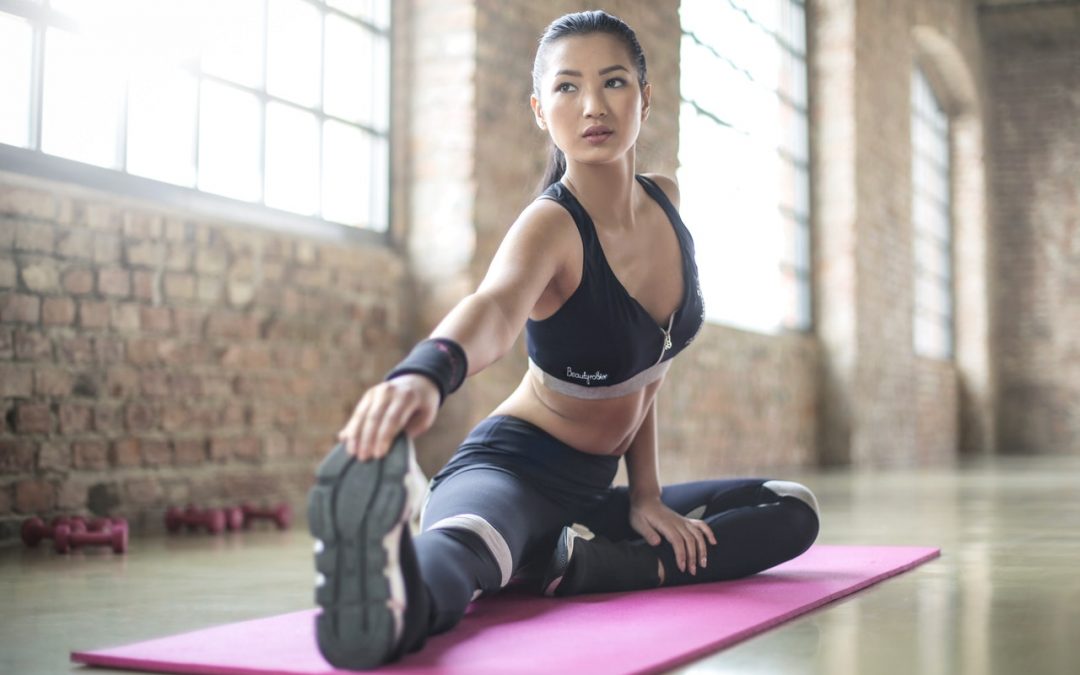Flexibility is the ability to move a joint through its complete range of motion. Every client benefits from flexibility training no matter the fitness level. Flexibility training is a must to reduce the risk of muscle imbalances, stiff muscles, bad posture, or to improve in normal physical activities.
Physical training shall follow a systematic progression known as the flexibility continuum. There are three levels of flexibility training; corrective, active and functional flexibility. Corrective flexibility should be used in all three phases of training to cause muscles to relax. For example, if a trainer notice compensation of knee turning inward during an overhead squat assessment, overactive muscles should be SMR. Active flexibility uses reciprocal inhibition to improve the extensibility of soft tissue and increase neuromuscular efficiency. Active flexibility is used at the strength level. Example activities such as standing, adductor stretch held for 1-2 seconds for five repetitions can repair you for a lower body resistance training. Functional flexibility form of training is used during power level training. It improves the extensibility of soft tissues and increases neuromuscular efficiency by using SMR and dynamic stretches. Example, tube walking side to side can improve client gluteus minimus and core activation which successively improve lateral movement speed.
Photo by Jonathan Colon


Recent Comments